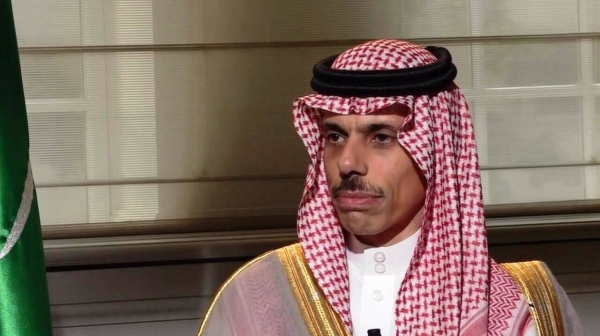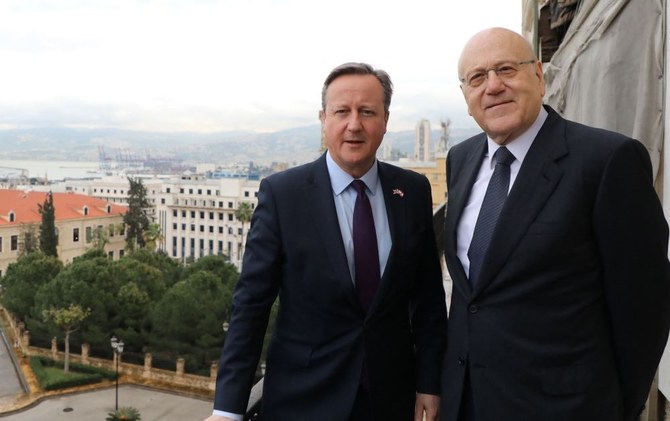
Several Iranian-Israeli factors have become clear on the ground lately. Questions have therefore been raised behind closed doors: When will the confrontation break out? How? What are its limits?
It is no secret that Syria has transformed into a regional and international battleground. In one week, four planes were downed and five foreign conflicts were waged on its land. The opposition downed a Russian jet in the Idlib countryside last week, the US struck pro-Syrian regime forces east of the Euphrates, the Kurdish fighters downed a Turkish helicopter near Afrin north of Aleppo and the Israelis downed a drone over the Golan Heights and Syrian air defense forces downed an Israeli F-16 jet.
It is true that other battles cannot be ignored, but the Israeli-Iranian escalation was expected and here is its buildup:Implementation of a southern truce?
- In July, an agreement was announced in Hamburg between US President Donald Trump and Russian President Vladimir Putin to establish a “de-escalation zone” in southwest Syria. This zone would not include non-Syrian forces. The “southern truce” area includes Daraa, al-Quneitra and Suweida. This therefore meant the exclusion of Iran-backed groups and “Hezbollah” from the Jordanian border and Golan.
- Fast forward a few months later and Russia has still not respected the deal. On the margins of Asia-Pacific Economic Cooperation (APEC) meetings in Vietnam, US Secretary of State Rex Tillerson and Russian Foreign Minister Sergei Lavrov announced that they reached an agreement which was later declared by Trump and Putin in November. The deal underlined the importance of the “de-escalation” in southern Syria near the border with Jordan and Israel, saying that it was a “temporary step” aimed at maintaining the ceasefire.
- Trump and Putin welcome a new American-Russian-Jordanian Memorandum of Understanding that was signed in Amman. The plan was for this understanding to ensure the success of the ceasefire initiative to include “de-escalation and permanent elimination of foreign forces and fighters in the region to ensure more sustainable peace.” This was made in reference to Iranian militias and “Hezbollah” that are deployed between Damascus, the Jordan border and occupied Golan. A center was established in Jordan to follow up on the implementation of the deal.
- Russia set up 12 surveillance points and deployed a number of Chechen forces in order to execute the “de-escalation” five kilometers in the “de-escalation” zone. This however did no stop military operations. Instead, regime forces and “Hezbollah” took over the Beit Janb region between Damascus and al-Quneitra. When the Americans inquired about the issue with the Russians, they responded that the regime forces were the ones who advanced and they were the ones who seized the area.
- On January 29, Israeli Prime Minister Benjamin Netanyahu paid a visit to Moscow where he met with Putin as a continuation of a series of meetings between them that started with Russia’s military intervention in Syria in 2015. Netanyahu reportedly discussed a number of issues that were a concern to Tel Aviv. They included the presence of four Iranian factories in Syria and Lebanon, the deployment of “Hezbollah” and Iranian militias near the disengagement line in the Golan, and failure to respect the American-Russian-Jordanian agreement on de-escalation.
- Netanyahu and Putin agreed to hold meetings between the national security councils in Tel Aviv. The first was held on January 30. It concluded with the need to come up with a military and security plan that would see Israel continue its attacks against Iranian targets without Russian objection, especially in wake of the Russian military’s control of the Syrian air defenses and deployment of the S-400 missile system in Syria.
- The Israeli army had carried out in recent weeks massive drills near the Syrian border. It sent secret and open messages to Moscow over the need to keep “Hezbollah” and Iran away from its border. Media reports spoke about Iran’s establishment of a base between Damascus and the Golan. After the American-Russian agreement, the Israelis announced that they wanted to retain free reign in striking “Iranian targets” in Syria. Indeed, Israel carried out strikes against positions near Damascus, including in al-Kaswa and scientific research center in Jamraya.
- Israeli officials had repeatedly stated during secret meetings with western officials that the “next war will be unprecedented and southern Syria and southern Lebanon will be dealt as one front.” Israel had also carried out exercises on the evacuation of its citizens in the North where nearly a million people are within the range of thousands of rockets.Iranian escalation
Tehran reportedly informed more than one western country that there was a link between the presence of “Hezbollah” and Iran-backed groups in the Golan and southern Syria and between the fate of the 2015 nuclear deal and Trump’s upcoming decision on its fate. A western official said that there are four articles on the agenda. They are “Hezbollah’s” deployment in the Golan, the spread of Iranian missiles in the South, the spread heavy weapons in the same area and the Iranian arms factories near Damascus. He noted that Tehran is using these four factors to pressure Washington. It also delivered a message that supply routes are available across Iraq and southern Lebanon and Syria. The recent dispute over Israel’s plan to build a border war with Lebanon and its differences with Beirut over offshore oil and gas wealth have also compounded tensions.Diplomacy
Diplomatic circles recently spoke of the possibility of military escalation taking place in Syria that may be exploited to issue a Syrian version of United Nations Security Council resolution 1701, which helped end the July 2006 war between “Hezbollah” and Israel. The resolution helped organize “Hezbollah’s” presence in southern Lebanon and gave it more political influence in Beirut. Several diplomats believe that Russia and the US, especially Tillerson, who will be in Beirut next week as part of a regional tour, could take advantage of the military escalation. He may try to establish new rules of engagement in southern Syria linked to the deployment of “Hezbollah” and Iran-backed groups. His talks could also cover the disengagement line in the Golan and deployment of a UN Disengagement Observer Force (UNDOF) between the Golan and Damascus.
The Syria air defense attack against the Israeli F-16 jet could not have taken place without the knowledge of the Russian forces stationed in Hmeimim air base. Israeli jets could not have struck 12 Syrian positions without Hmeimim’s knowledge. It is clear that Moscow is placing itself in the middle in order to play the role of mediator between stubborn powers and conflicting interests as is the case in other regions in Syria.











